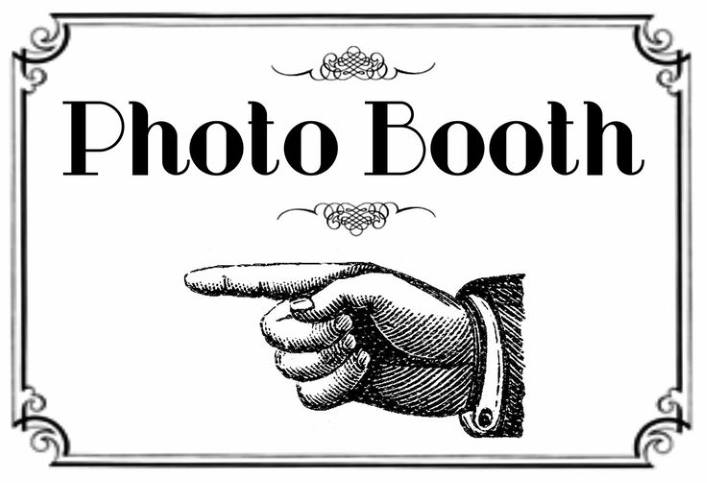
No one thinks twice about a photo booth, because we’ve all seen them so many times at big parties, weddings and other events.
But sometimes you might wonder: who on Earth came up with the idea of putting a bunch of people into a small box and getting a strip of photos made together?
As with many inventions, the answer is more complicated and interesting than you might think and involves far more than just one person.
But the most prominent figure is an interesting young man from Russia with a love of travel and photography.
The First Photo Booth
The first known patent for a photo booth was filed in 1888 by two men in Baltimore, William Pope and Edward Poole. Historians, however, agree that it was probably never built. A working photo booth was displayed at the 1889 World’s Fair in Paris, built by French inventor T.E. Enjalbert. Meanwhile, in that same year, Matthew Steffens, a German-born resident of Chicago, filed for a patent for a photo machine.
None of the above machines proved to be consistently reliable. Then, 1890, German resident Conrad Bernitt of Hamburg built a successful automatic photo machine called the “Bosco.” Six years later, German Carl Sasse invented the first photo booth that used both the positive and negative process in developing photos.
But it was a Russian immigrant to New York City who invented the true ancestor of the photo booths as we know them today.
A Russian Dreams of Traveling the World
Born in 1894 in the industrial town of Omsk, Siberia, Anatol Josephewitz (who later changed his name to Josepho) dreamed from an early age about traveling to see the world. He had two fascinations, according to the Daily Mail in the United Kingdom: see the “Wild West” in the United States and Brownie box cameras.
He had lost his mother when still just three years old. He and his father were close, and when Anatol told his father of his interest in photography, his father enrolled him in a local technical institute.
However, by the time he reached the age of 15 his interest in traveling was so all-consuming that he convinced his father to let him drop out of school and see the world. His father gave him enough money to take a train to Berlin, Germany.
It was there that he got a job in photography shop and, after time spent learning the trade, started to develop ideas for faster and less expensive ways to develop photographs, with the idea of making photography more accessible to working class people.
At 18 he left Germany for New York City, but he was unable to find a job. He eventually moved to Budapest, where he opened his own studio. It was there that, over the years, he began to work on designs for an automated photo machine.
Shanghai and Return to the U.S.
Josepho eventually returned to Siberia where his father still lived, but the changes in Russia brought on by the Bolshevik revolution made him no longer feel at home. He left again, this time traveling to Shanghai in China.
It was during his years as a successful photographer in China that Josepho, who had by now changed his name, started working on detailed blueprints for an automated photo machine.
In 1921, he returned to the United States and was able – in Seattle and New York City – to find investors for his machine. He eventually opened up his own store on Broadway Avenue in New York City, offering photos taken by his machine, now called the Photomaton.
And a craze was born. As many as 7,500 people would line up every day to have their photo strips made in the Photomaton, according to the Daily Mail, paying 25 cents per strip. Those who got their photos made included the New York governor.
Josepho ended up selling the rights to his invention for $1 million in the U.S. He gave a large chunk of the money to the poor in the New York City. He later sold the European rights to the machine. His invention made him a very wealthy man.
He used part of his fortune to establish a camp for children that specializes in shooting sports, filmmaking and computer programming. The camp is still in operation today.
So the next time you enjoy the fun of a photo booth, you can tell your friends and family about the man who invented it – a boy from Siberia with big dreams and talent for photography.

